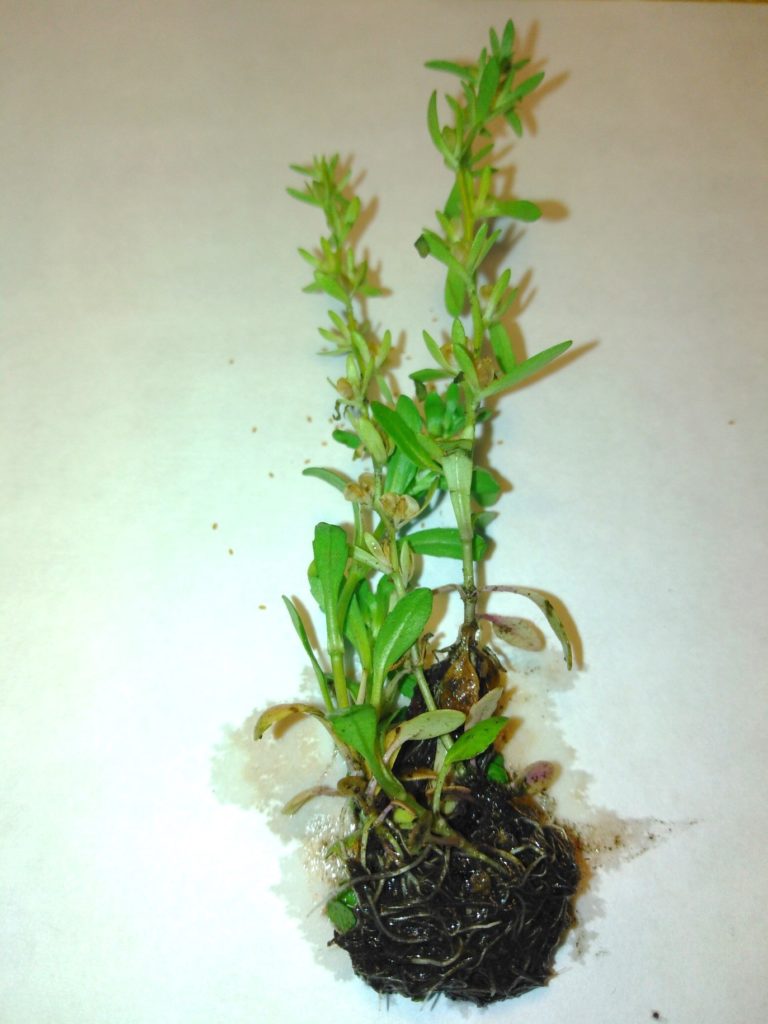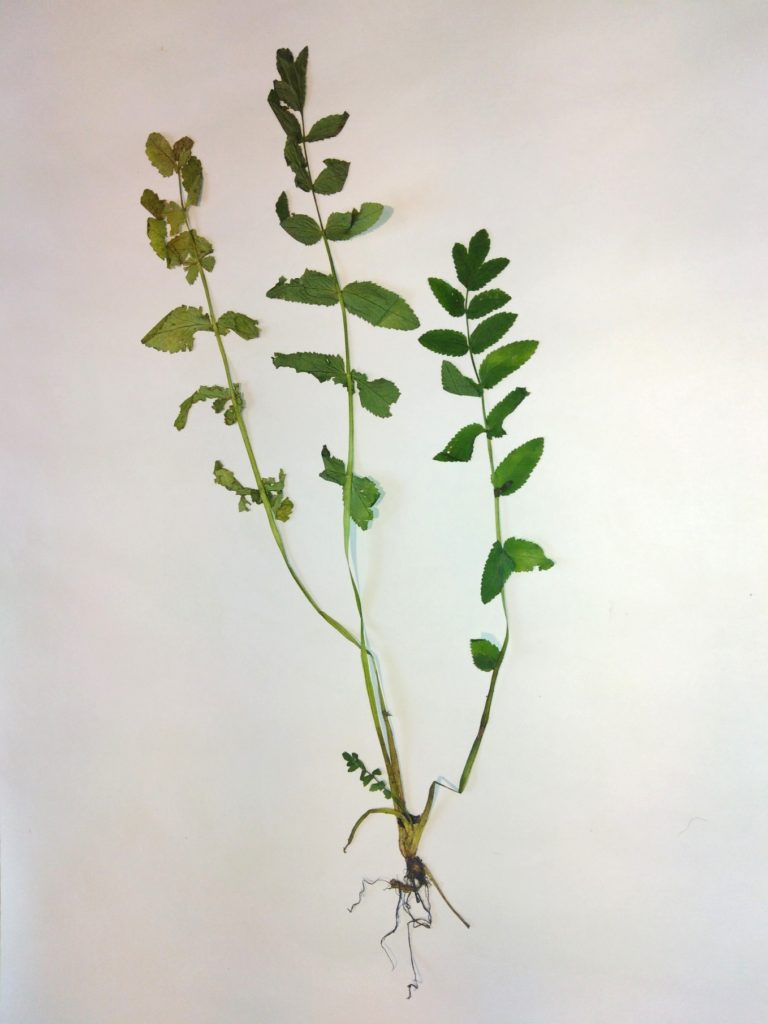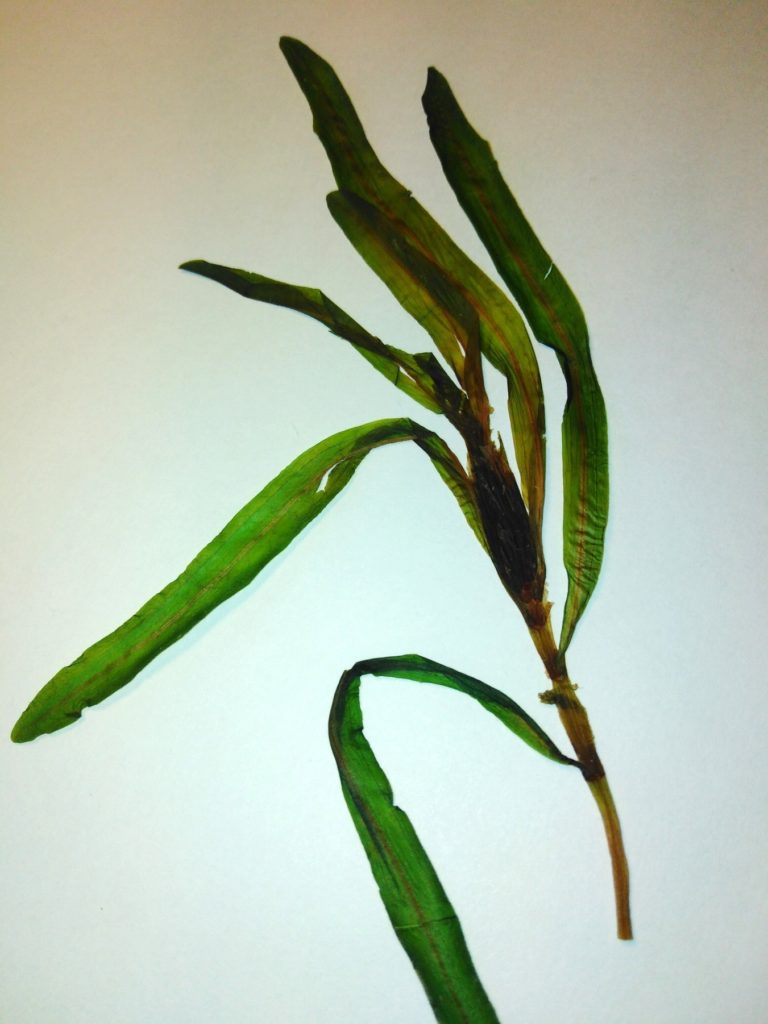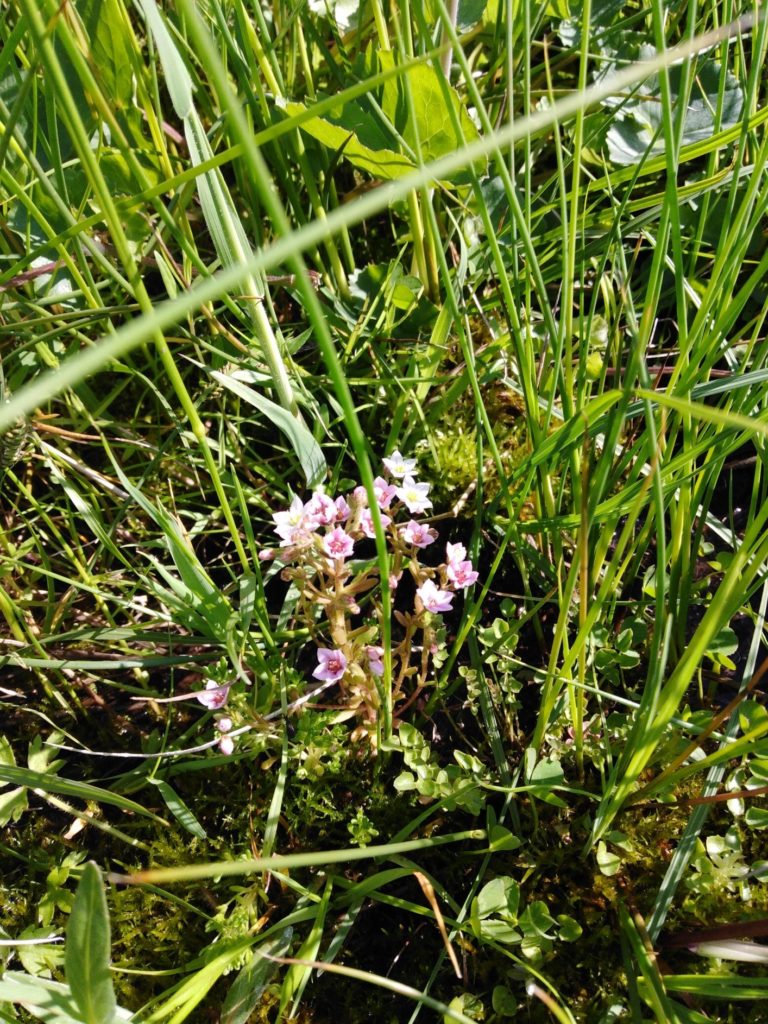Abstract
I systematically recorded the flora of a 10km square in Selkirkshire near my home over the summer of 2020. I visited 43 of the 100 1km squares (monads) in the 10km square (hectad), and collected more than 7,500 records of over 600 species. Some notable and surprising are reported here.I am lucky enough to have outside work to keep me occupied, but for variety and relaxation (really), I decided to systematically record the flora of a 10km square near to my home. I chose NT43 in Selkirkshire partly because of its proximity to home and to Peeblesshire, where I normally record. Over the summer I visited 43 monads in the hectad, collected 7,650 records of 620 species.
I thought I knew the area well, but I’ve been pleasantly surprised as to how varied and interesting it has turned out to be. Not all of what I saw was good. There is an alarming amount of tree planting in progress, often on high quality herb rich ground and some of the farming is too intensive and tidy for my taste. However, other parts are well managed or better still just left to their own devices.
With my farming hat on, I have a particular interest in arable weeds and although these are largely confined to corners and rough areas, a good number of species are still present. Notable ones encountered include:
- Anchusa arvensis (Bugloss), last recorded in 1985;
- Agrostis gigantea (Black Bent) second VC record;
- Stachys arvensis (Field Woundwort), a declining species with only three previous records;
- Veronica agrestis (Green Field-speedwell), also declining and last seen 20 years ago.
- Anisantha diandra (Great Brome), second VC record, first recorded 1908.
Amo ngst casuals, I recorded:
ngst casuals, I recorded:
- Foeniculum vulgare (Fennel), first VC record, but found in three sites. It appears to be spreading along the Tweed A7 corridor;
- Scropularia vernalis (Yellow Figwort), second VC record, last recorded in 1924;
- Veronica peregrina (American Speedwell), in Galashiels where it has not been seen since Ida Hayward identified it in 1915. The record was published in the ground-breaking Adventive Flora of Tweedside by Hayward and Druce (1919). It is unlikely that the population has persisted since 1915, so this probably a reintroduction. (Photo left)
Aquatic plants of note include:
- Spirodela polyrhiza (Greater Duckweed), first VC record and new to south-east Scotland, in a lake at Hollybush;
- Rumex hydrolapathum (Water Dock), first VC record, has possibly come from seed washed down the Tweed from Dawyck botanic gardens where it is well established.
- Apium nodiflorum (Fool’s Watercress), another new VC record was found downstream from the lake at Hollybush (Photo below, left);
- Potamageton x olivaceus ( alpinus x crispus) (Graceful Pondweed) Confirming its continuing presence in the same stretch of the Tweed as first found by N.T.H. Holmes in 1971 (Photo below, right);


 Finally, I would like to mention Sedum villosum (Hairy Stonecrop) (Photo right), found while recording an area of hill which is to be afforested. It has not been recorded in NT43 since 1923 and perhaps now that it is on the map, so to speak, it might be possible to protect this site.
Finally, I would like to mention Sedum villosum (Hairy Stonecrop) (Photo right), found while recording an area of hill which is to be afforested. It has not been recorded in NT43 since 1923 and perhaps now that it is on the map, so to speak, it might be possible to protect this site.
References:
Hayward and Druce (1919) The Adventive flora of Tweedside. Publishers: T. Buncle & Co., Arbroath.